I tried doing deep squats every day for a month, and the results were amazing
These deep squats improved my hip flexibility, reduced back pain, boosted my fitness and more
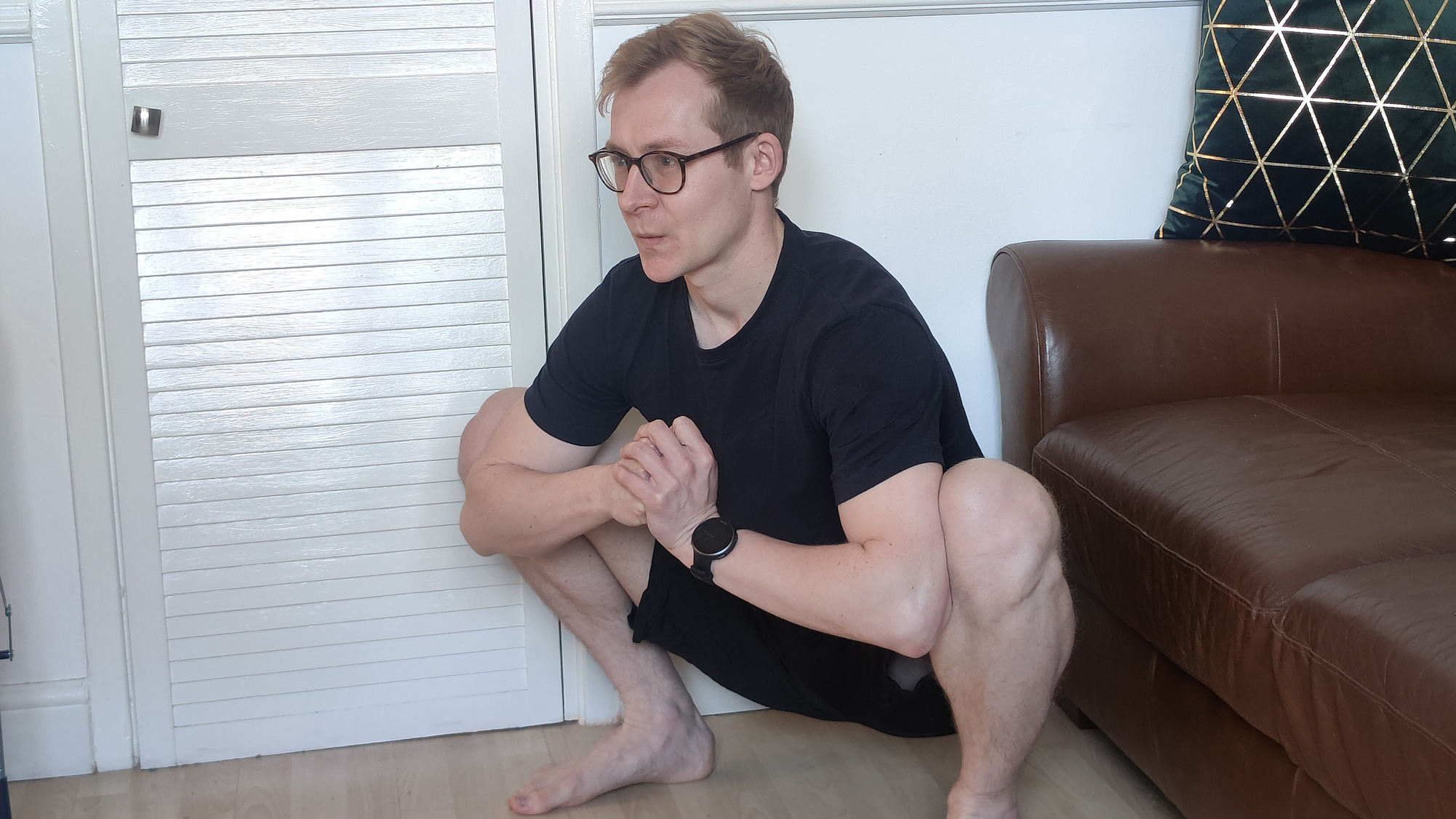

Almost a year ago now, I first started looking at the benefits of holding deep squats and found loads of information about what it can do for us—especially if you spend lots of time sitting down.
When we look at how to do squats, whether it's with a barbell, one of the best kettlebells, or even just our body weight, we tend to lower our bums down so that our thighs are parallel to the floor, then we stop and come back up. Most people rarely go lower for any length of time, and we almost never hold a deep "crouch" position in modern life, even though it's one of the best stretching exercises we can do.
Do you know who does? The Hadza, a Tanzanian hunter-gatherer tribe first studied by researchers from the University of Southern California (USC). It was found that although they're sedentary (unmoving) for the same amount of time that Westerners are, around nine-12 hours a day, they have none of the chronic disease markers of obesity, heart disease, or high blood pressure associated with Western sedentary life.

Matt Evans is an experienced Fitness Editor with a keen interest in the human body’s flexibility and the impact of stretching on any sport and activity. Matt regularly tries out new fitness challenges and has been working on increasing hip flexibility through squat challenges as well as yoga practice.
This is down to a number of factors, including diet, but the USC report also writes: "The researchers suggested that, because the Hadza squat and kneel and have high levels of movement when not at rest, they may have more consistent muscle activity throughout the day. This could reduce the health risks associated with sedentary behavior."
What's more, sitting on chairs as Westerners do has been found to reduce the flexibility in our hips, as we spend so long sitting unnaturally. This results in tighter muscles, a shorter range of motion, and back pain. Eventually, this becomes that trademark shuffle of the mostly-sedentary older person.
Having read all this, and having no desire to begin prematurely shuffling around my apartment with immobility, I began holding a deep squat position for around two minutes every day as part of my morning stretching routine. Here's what I learned after a month of hard practice:
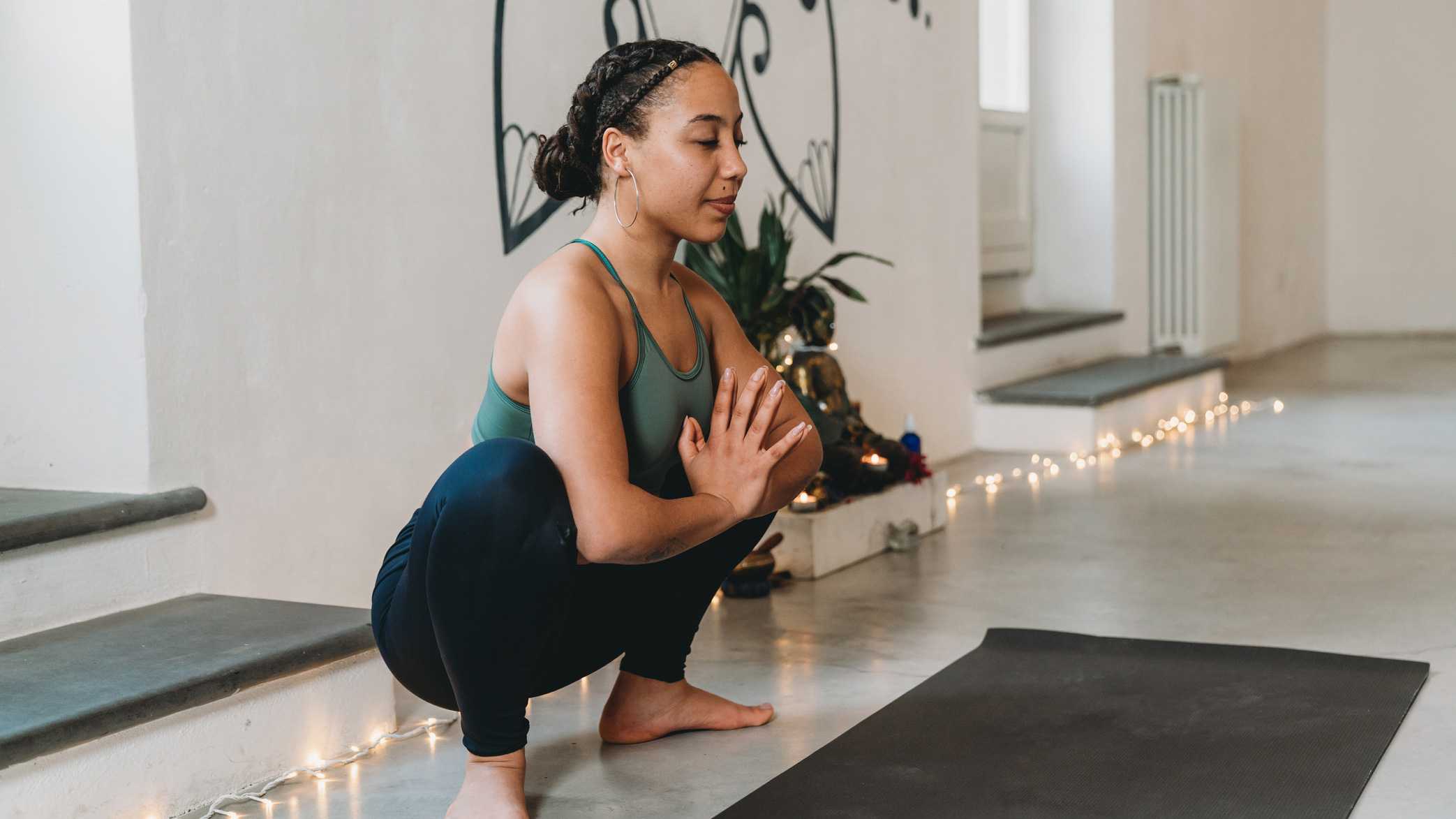
1. It starts out painful
When I first practiced deep squats, holding it for any length of time was tough, even though I'm pretty flexible already thanks to martial arts. I'd been sitting a lot in the midst of a very sedentary lifestyle brought on by the pandemic, and even regular runs only got my hips moving through a relatively small range of motion.
Get the Fit&Well Newsletter
Start your week with achievable workout ideas, health tips and wellbeing advice in your inbox.
Holding that deep squat position for 30 seconds was tough, so don't be afraid to take regular breaks if the stretch is a little much for you after a lifetime of sofas and office chairs. A great way to distract yourself from the discomfort is by watching TV while you do it.
Don't mistake the pain of discomfort for "over-stretching". Many people won't be able to fully lower their butts and sit into the squat position at first, so don't force it; during the month, I learned that increased flexibility comes with time and practice.
2. It actually relieved pain over time
When the pandemic first hit and we all shifted to working from home, I spent those initial few weeks on a folding chair hunched over a laptop—hardly ergonomic. As a result, I began developing a spot of lower-back pain. However, as I went on practicing deep squats, towards the end of that first week I felt that pain decrease, and it continued to do so as I continued my practice.
Research from the Journal of Physical Therapy Science found "the performance of hip exercises by chronic low-back pain patients with lumbar instability is more effective than conventional therapy" when it comes to reducing lower-back pain. You need a proper set-up for ergonomic working—including one of our best office chairs—but chronic pain brought on by a sedentary lifestyle can absolutely be improved with mobility training.
3. My health and fitness improved
By the end of the month, I was as supple as I'd been at the peak of my powers, when I was kickboxing three times a week or more. I was hitting poses in my yoga class I couldn't get before, and my improved range of motion in my hips and ankles gave me new confidence in my running. Once the challenge was over and I got back to the gym, my fitness levels seemed to hit new heights as I could "bottom out" in executing my barbell squats and deadlifts.
Even my heart was improving. Harvard University found regular stretching also improves circulation and can help prevent strokes. This deep squat pose, or "Garland Pose" in yoga, is also said to help strengthen pelvic floor muscles.
Want to try it for yourself and experience the benefits of squats? Check out the how-to video below from Yoga with Adriene. You can use one of the best yoga mats, or just a bit of empty floor space, to get started.
Want to share your story as part of the Fit&Well Awards?
The Fit&Well Awards are back for 2022, celebrating the best in health, fitness and real-life stories. We're looking at the tech, products, and services that have inspired you to make a big change, helped you achieve something great, or made it easier to serve your community through health and fitness.
Got a story to tell? Email us at wearefitandwell@futurenet.com.
Matt Evans is an experienced health and fitness journalist and is currently Fitness and Wellbeing Editor at TechRadar, covering all things exercise and nutrition on Fit&Well's tech-focused sister site. Matt originally discovered exercise through martial arts: he holds a black belt in Karate and remains a keen runner, gym-goer, and infrequent yogi. His top fitness tip? Stretch.
-
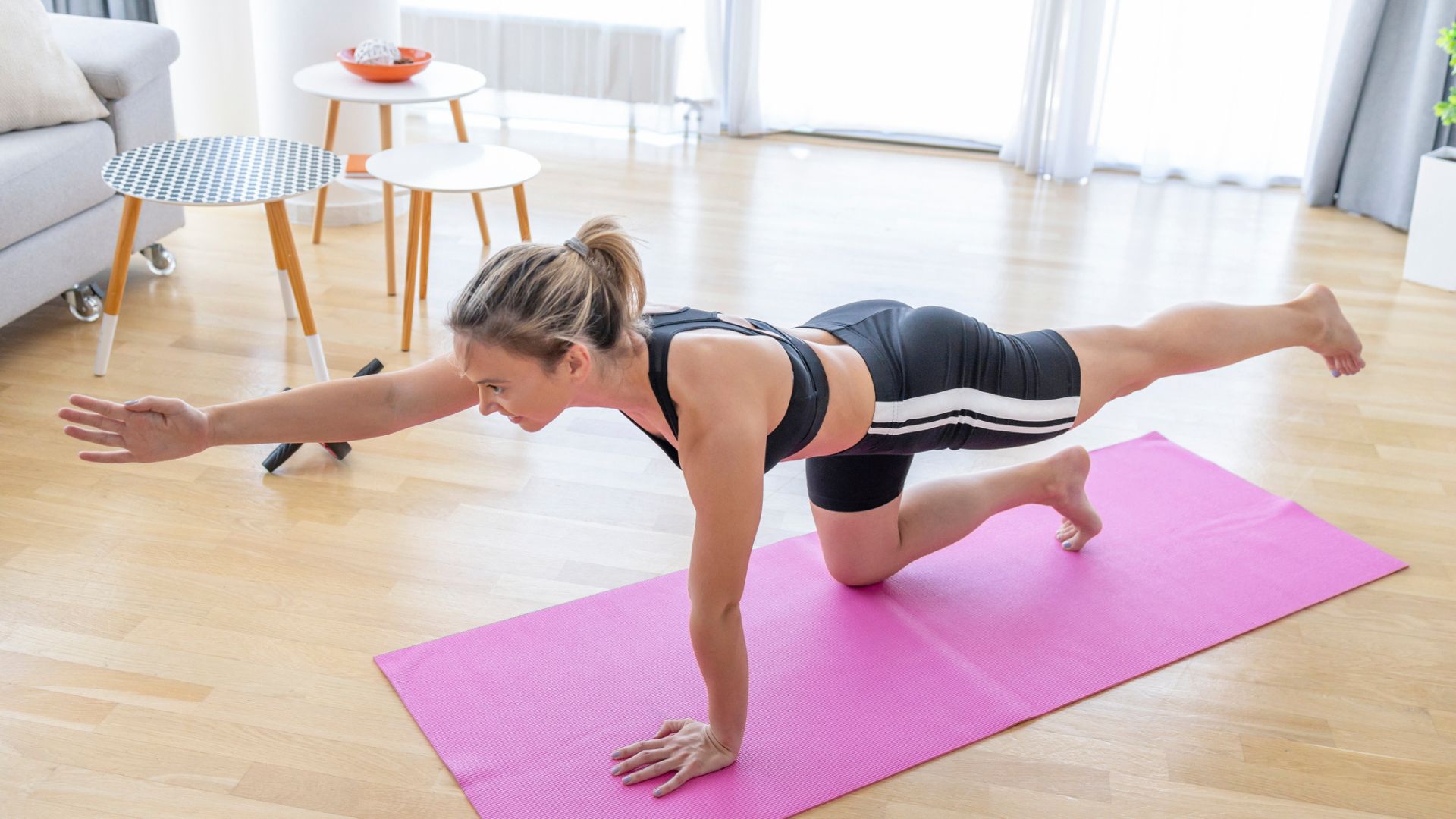 I did bird dog every day for seven days and now I understand why trainers recommend it for core strength, spinal health and posture
I did bird dog every day for seven days and now I understand why trainers recommend it for core strength, spinal health and postureThis simple bodyweight move has so many benefits
By Alice Porter
-
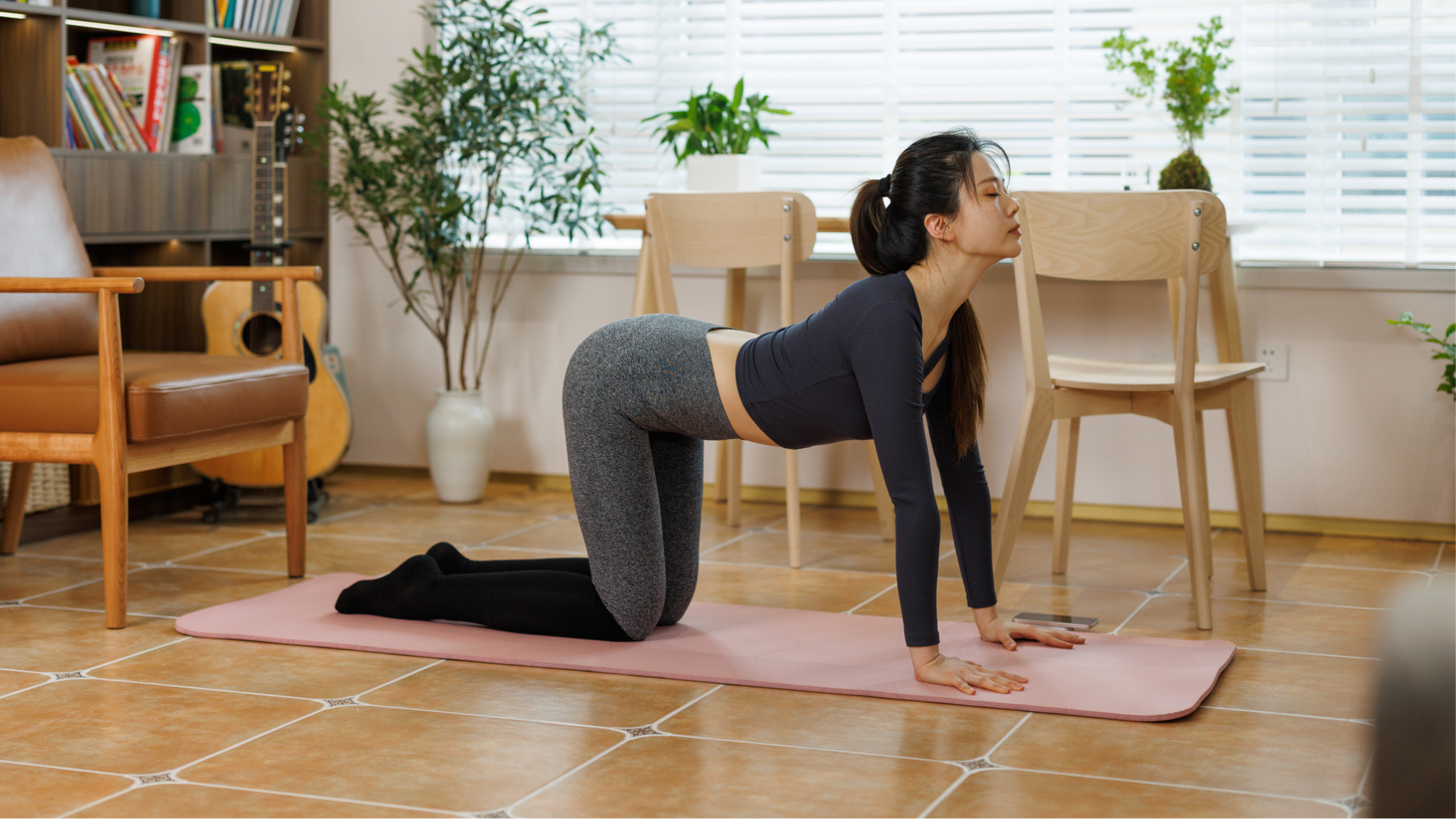 A yoga instructor says this eight-minute routine is all you need to mobilize your entire body
A yoga instructor says this eight-minute routine is all you need to mobilize your entire bodyStiff and achy muscles? Try this
By Alice Porter
-
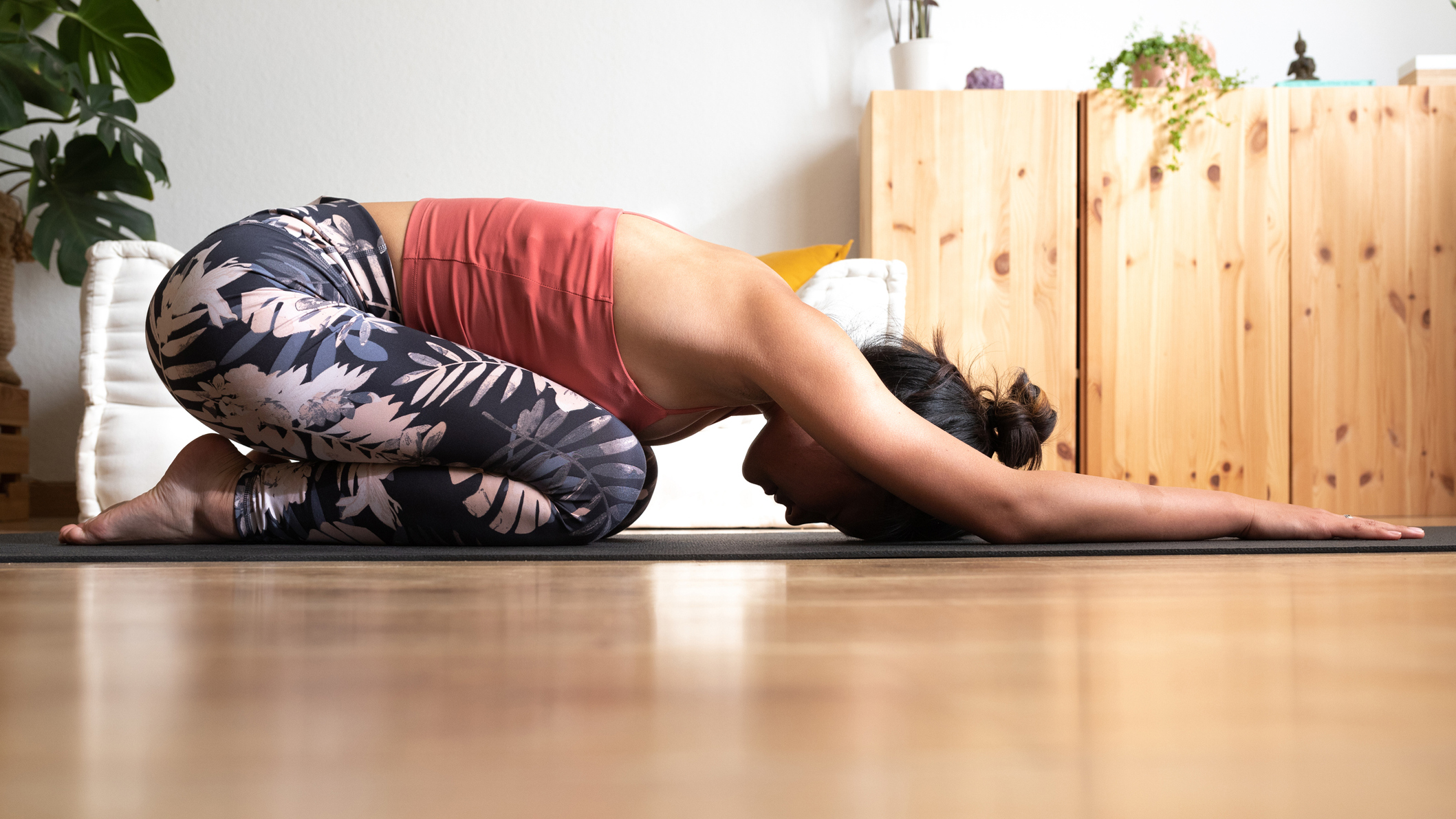 This expert-recommended tweak to child's pose is helping me undo the damage of my desk job
This expert-recommended tweak to child's pose is helping me undo the damage of my desk jobYoga If you spend a lot of time sitting down, you need to try this stretch
By Alice Porter
-
 Don't fancy running in the cold? I recommend doing this six-move conditioning workout instead
Don't fancy running in the cold? I recommend doing this six-move conditioning workout insteadWorkout If dark mornings are getting in the way of a pre-work run, this six-exercise conditioning workout is a great alternative
By Daniella Gray
-
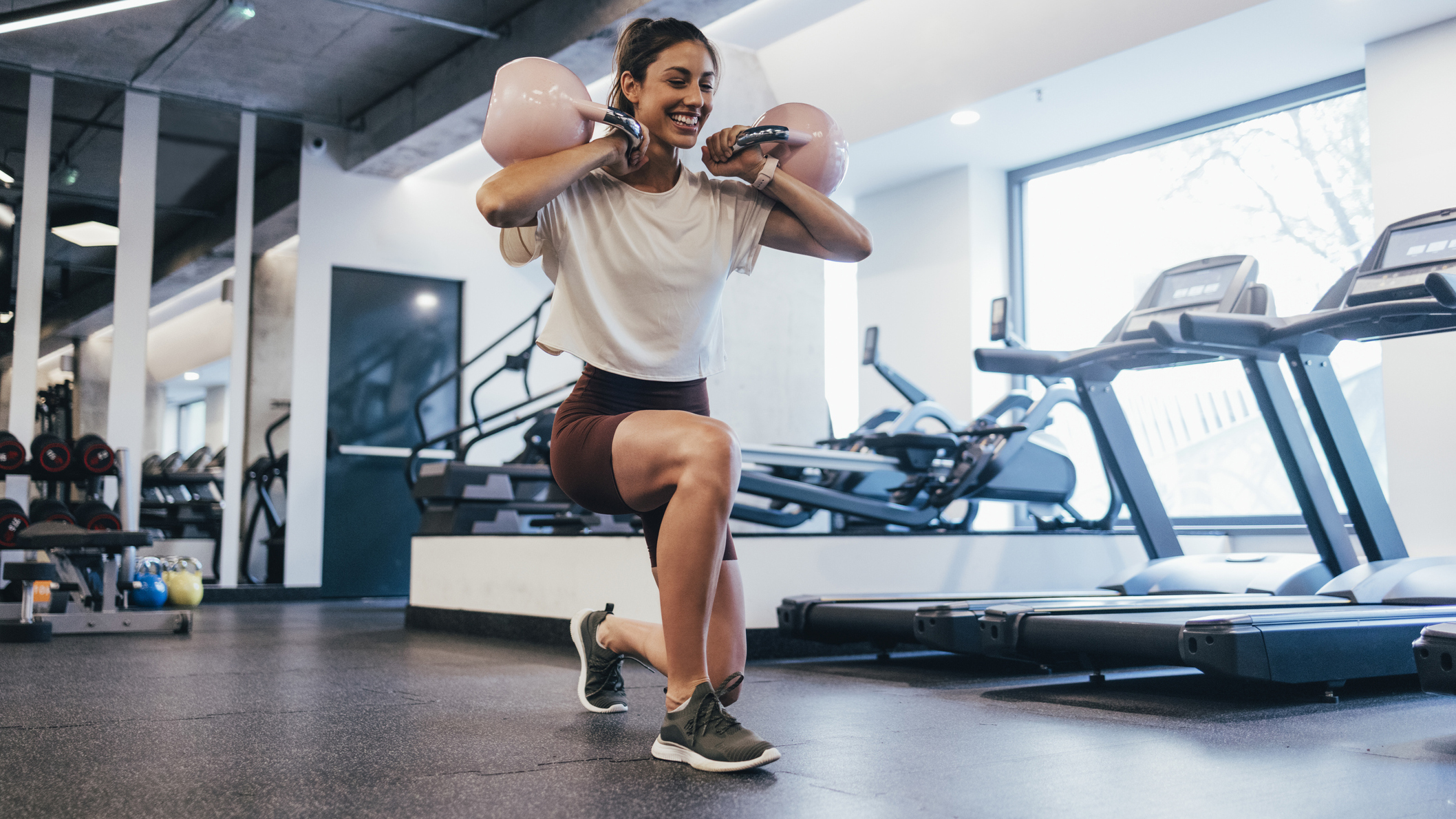 I swapped a split-exercise routine for full-body workouts and it drastically changed my body fat percentage
I swapped a split-exercise routine for full-body workouts and it drastically changed my body fat percentageWorkout If your goal is fat loss, then a full-body workout routine could be key
By Stacey Carter
-
 I tried meditating while I walked—and was surprised at how effective it was
I tried meditating while I walked—and was surprised at how effective it wasMindfulness Struggle to sit still for a seated meditation? Try taking your mindfulness session outdoors
By Sarah Finley
-
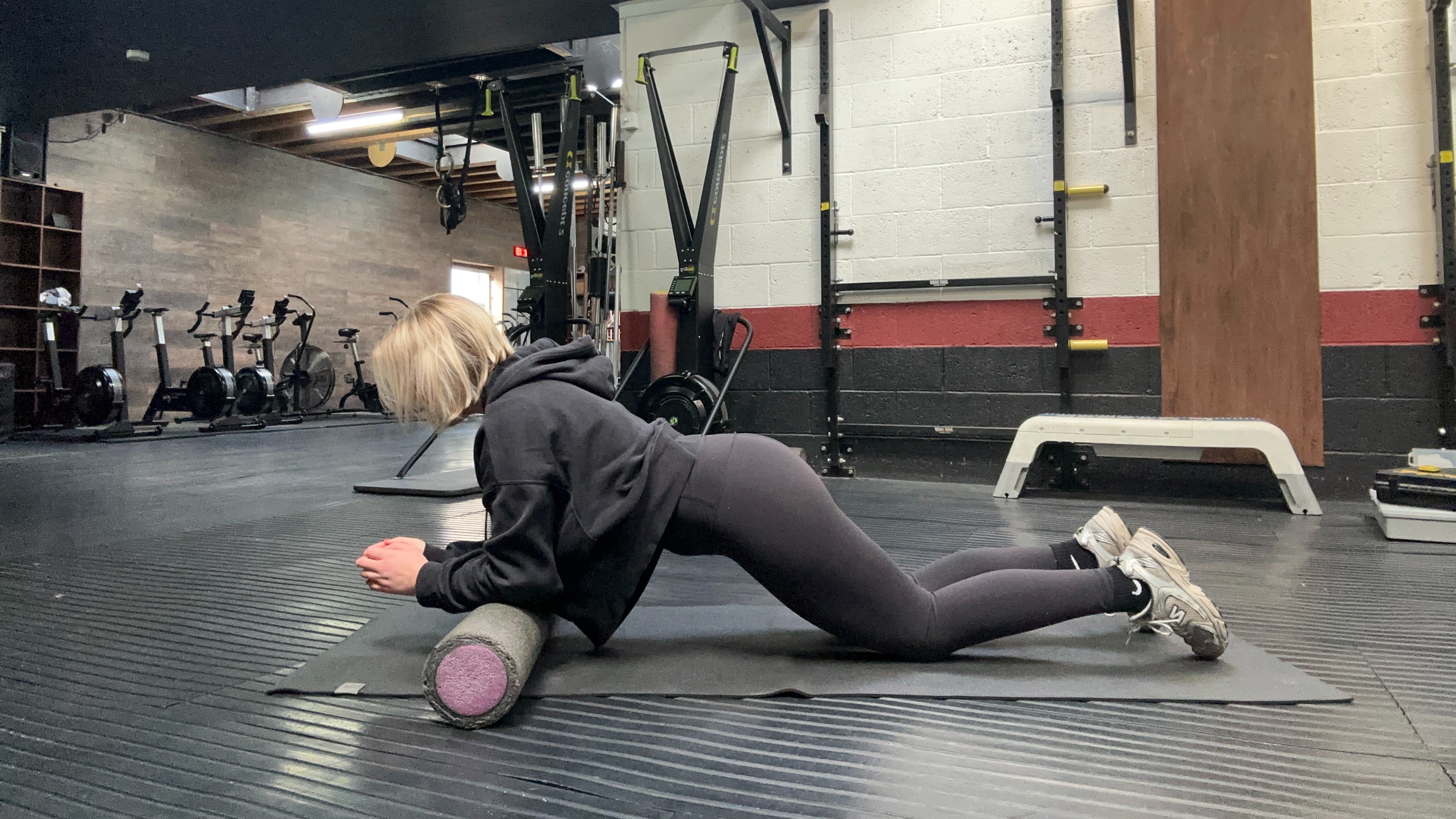 I tried this simple trick to replicate a Pilates Reformer class at home—and my core got a serious workout
I tried this simple trick to replicate a Pilates Reformer class at home—and my core got a serious workoutPilates Could this be the best budget alternative to Reformer Pilates?
By Alice Porter
-
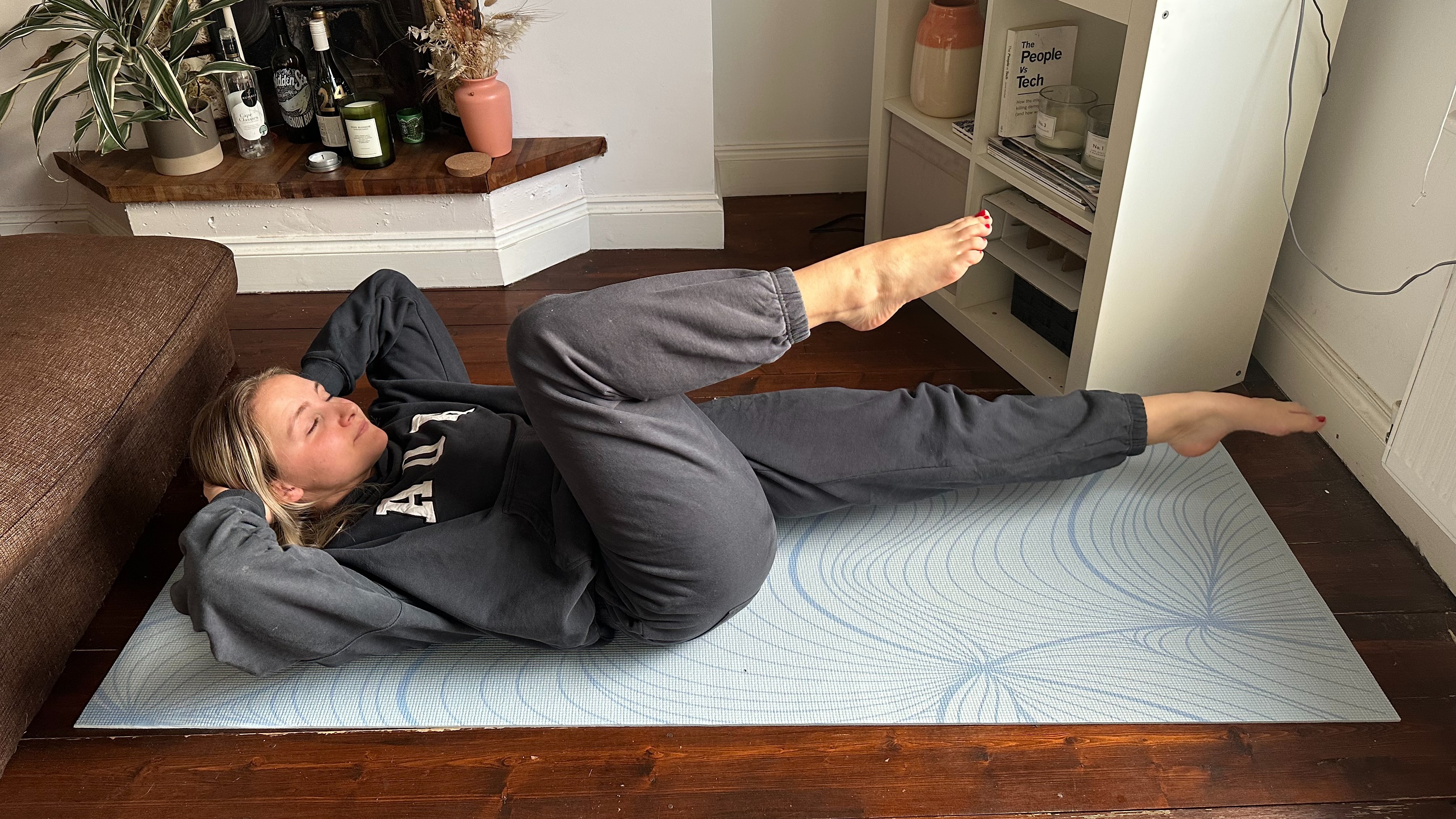 I tried this bodyweight workout and it helped me activate deep core muscles
I tried this bodyweight workout and it helped me activate deep core musclesWorkout These five low-impact exercises helped me build serious core strength
By Alice Porter
-
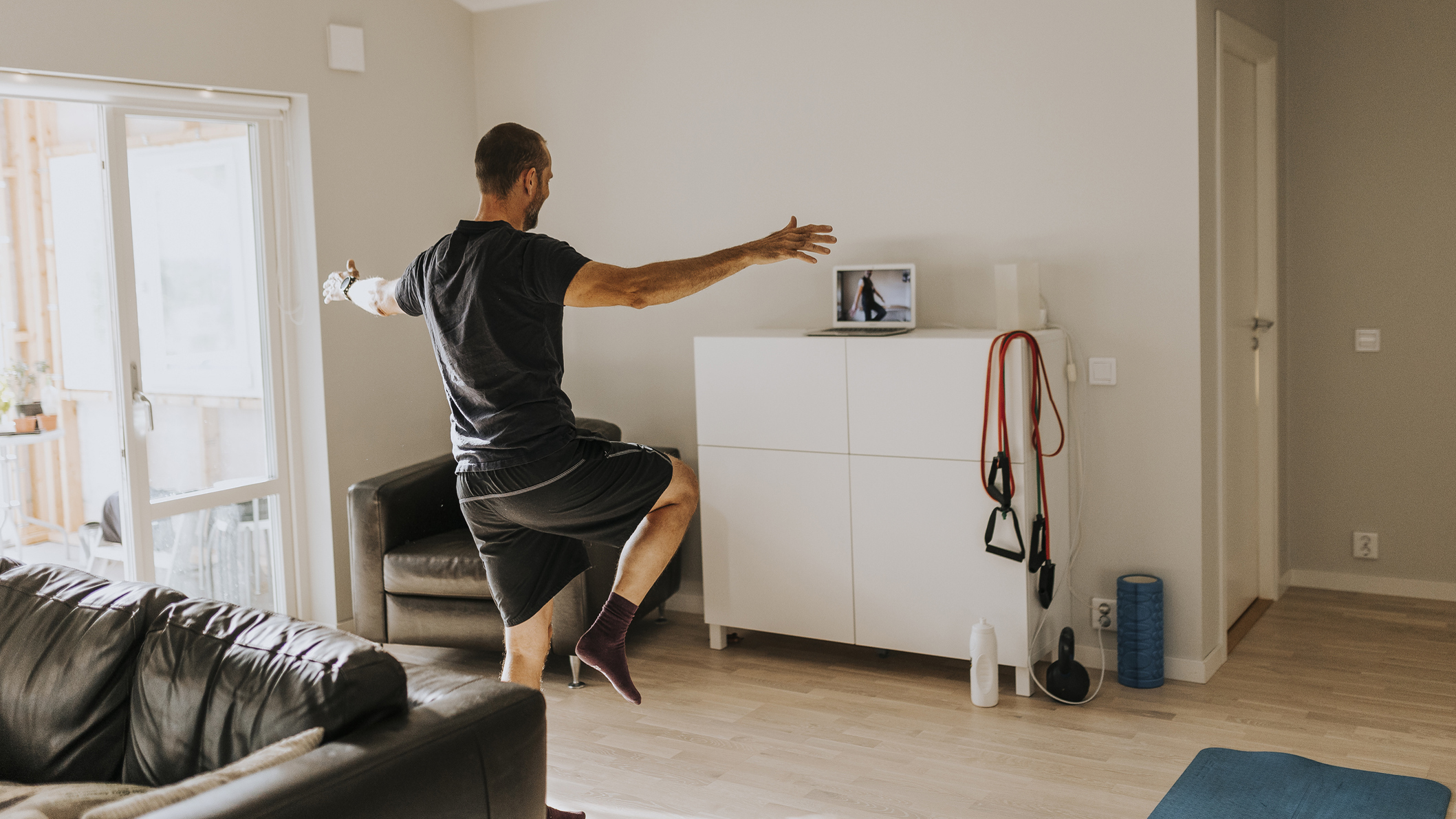 Want to pass the 'old man test'? Try these expert-approved balancing tips, which helped me master the challenge
Want to pass the 'old man test'? Try these expert-approved balancing tips, which helped me master the challengeWorkout You'll need to develop your stability, balance and strength to pass this test with flying colors
By Harry Bullmore
-
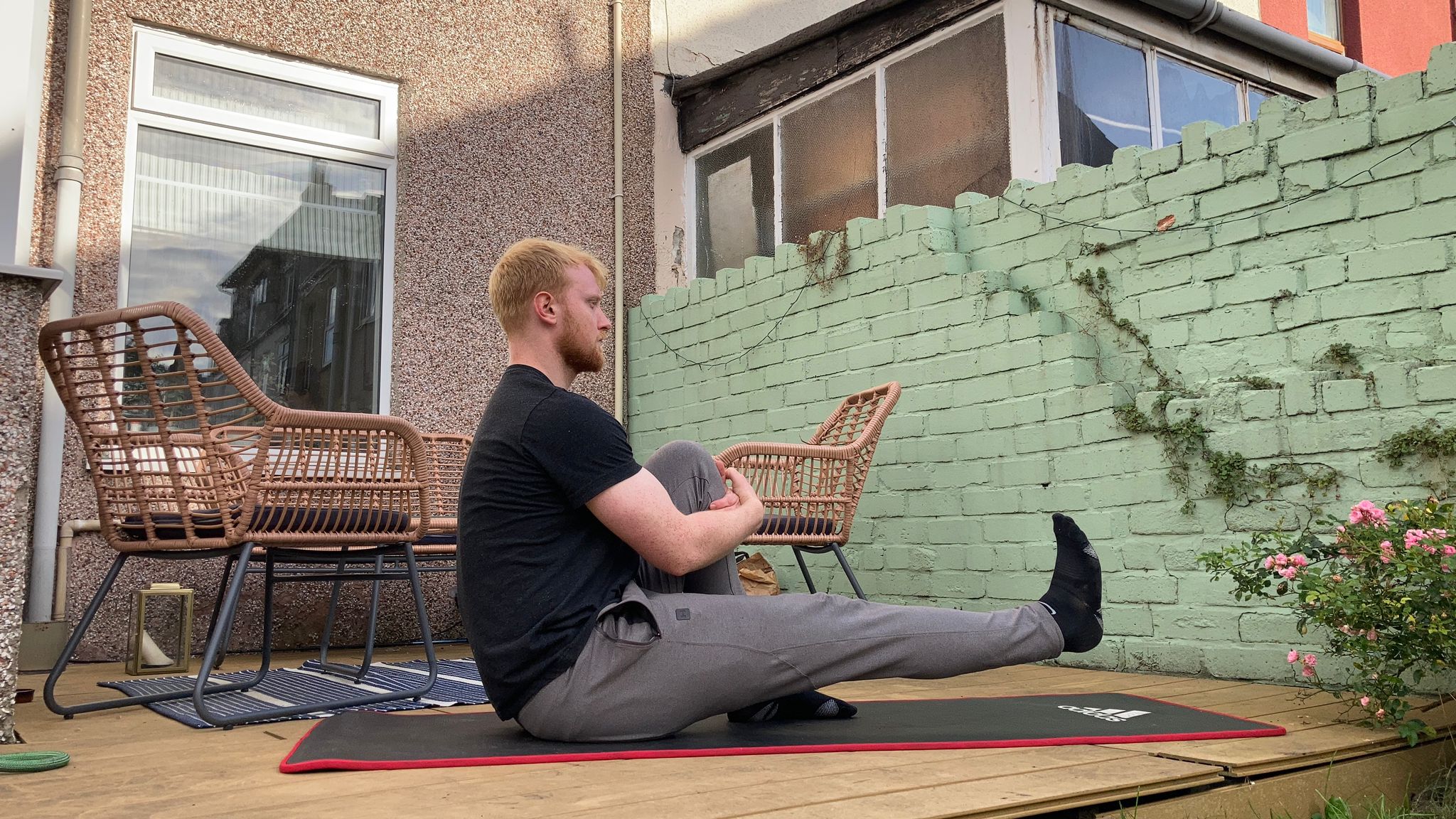 I swapped stretches for these four moves to improve my hip health, and I could feel them working straight away
I swapped stretches for these four moves to improve my hip health, and I could feel them working straight awayWorkout Healthy hips keep injuries and back pain at bay, so I tried some exercises designed to strengthen the surrounding muscles
By Harry Bullmore
